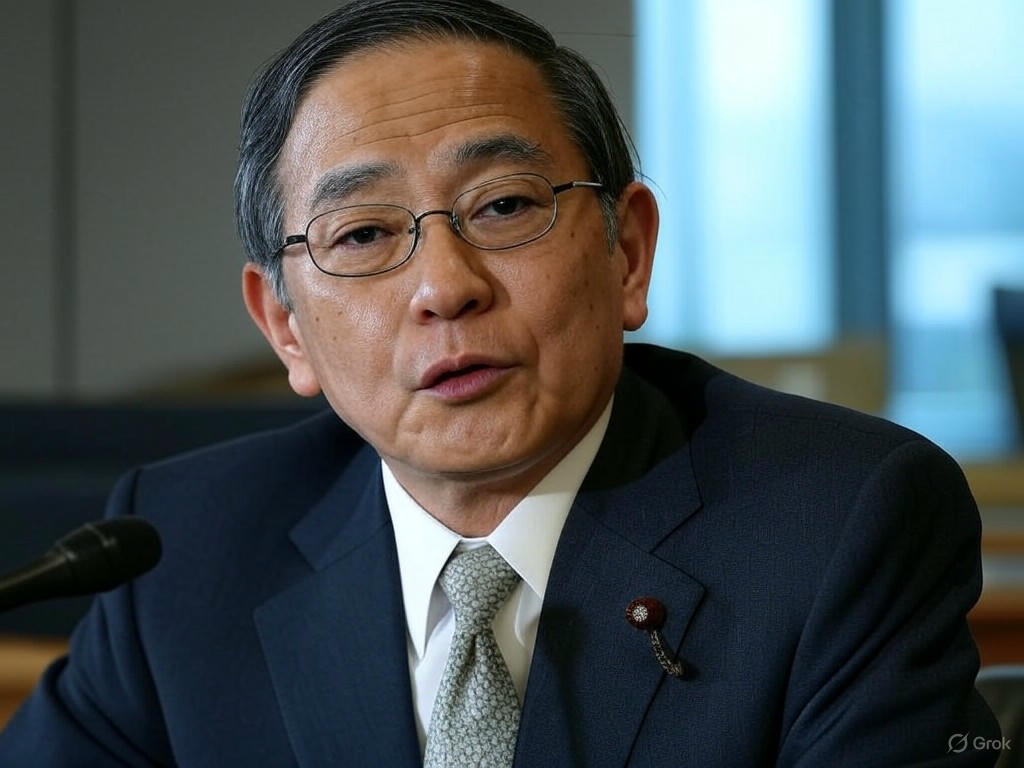In a widely anticipated move, the Bank of Japan (BoJ) has decided to keep its benchmark interest rate steady at 0.5%. Governor Kazuo Ueda addressed the media in a recent press conference, shedding light on the central bank’s rationale for maintaining its current monetary policy stance amid evolving global and domestic economic conditions. The decision, announced on June 17, 2025, reflects a cautious approach as the BoJ navigates inflationary pressures, currency fluctuations, and growth concerns.
Governor Ueda emphasized that the decision to hold the rate unchanged stems from a delicate balance between stimulating economic growth and preventing overheating. Japan’s economy has shown signs of recovery in recent months, with consumer spending and industrial output displaying modest gains. However, persistent challenges such as a weakening yen and rising import costs continue to weigh on the nation’s financial landscape. By keeping the interest rate at 0.5%, the BoJ aims to provide stability to businesses and households while closely monitoring external risks, including global market volatility and geopolitical tensions. Ueda noted that the central bank remains committed to supporting sustainable growth without triggering inflationary spirals that could burden the public.
Analysts have mixed reactions to the BoJ’s stance. Some argue that maintaining low interest rates is a prudent strategy to encourage borrowing and investment, especially as Japan seeks to bolster its post-pandemic recovery. Low rates can help small and medium-sized enterprises access affordable credit, fostering job creation and innovation. On the other hand, critics warn that prolonged low rates might exacerbate the yen’s depreciation, making imports more expensive and potentially fueling inflation. This could squeeze household budgets, particularly for essentials like energy and food, which are heavily influenced by exchange rates. The BoJ’s challenge lies in striking a balance between these competing forces, a task made more complex by unpredictable global economic trends.
Looking ahead, the BoJ’s decision underscores a broader strategy of patience and adaptability. Governor Ueda hinted at the possibility of future adjustments if economic indicators signal a need for tighter or looser policy. For now, the central bank appears content to observe how domestic wage growth, consumer confidence, and international developments unfold. The yen’s performance against major currencies will also remain a critical factor in shaping future policy moves. As Japan continues to grapple with structural issues like an aging population and sluggish productivity, the BoJ’s steady hand at the helm offers a sense of continuity, even if it leaves some questions unanswered.
Ultimately, the Bank of Japan’s choice to maintain the 0.5% interest rate is a reflection of cautious optimism. It signals a belief in the economy’s resilience while acknowledging the fragility of the current recovery. As stakeholders from Tokyo to global markets digest this decision, all eyes will be on the BoJ’s next steps and whether this stability can endure in an uncertain world.
